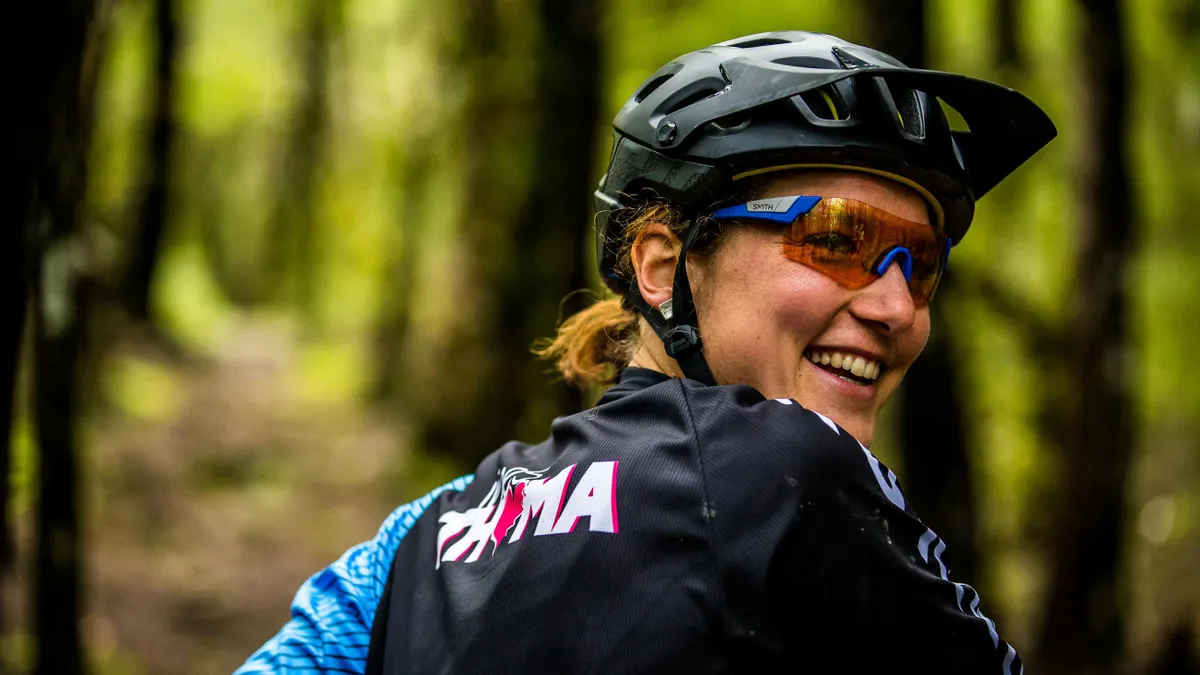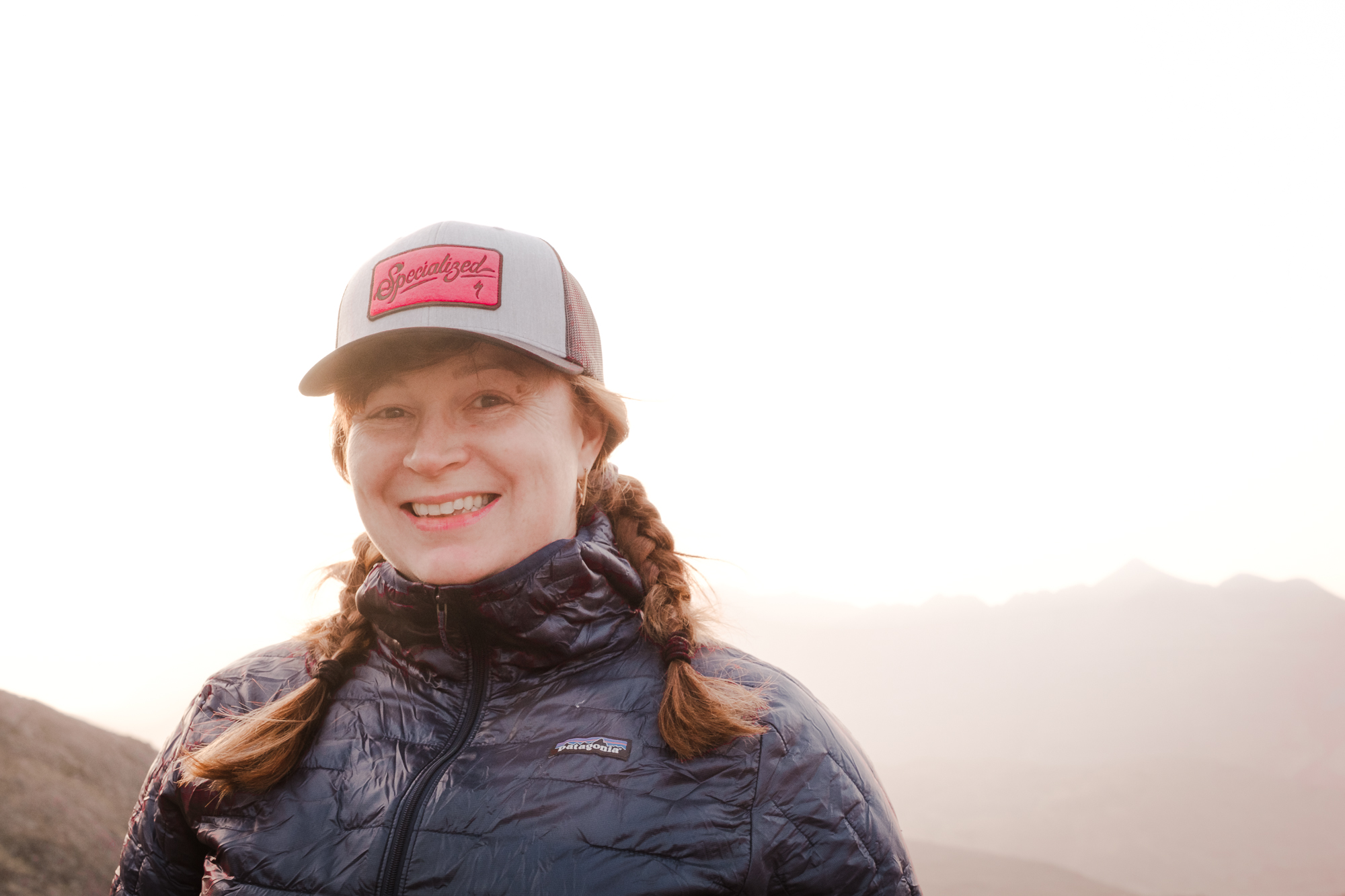Mud, torrential rain, food poisoning — Ines Thoma of the Canyon Factory Enduro Team hasn't let any of this bother her in the 2017 Enduro World Series. She's riding high in the rankings and has big ambitions for the year ahead.
- Bike of the Year 2017: Canyon Spectral WMN AL 8.0 EX wins Women's Trail Bike of the Year
- Best enduro bikes: buyer's guides and reccomendations
- Women's cycling news, reviews, interviews and advice on BikeRadar Women
BikeRadar Women caught up with Thoma on the eve of the third round of the 2017 Enduro World Series, based in Madeira.
I like it when you are on your own, eight hours out riding and self-sufficient. That’s the spirit of enduro!
A new venue for the global event series, Madeira is an island in the eastern Atlantic ocean also known as the emerald isle of the Atlantic. That should give you some clue as to the prevailing weather conditions.
Rain, however, holds no fear for Thoma who has already taken second place at the first round in New Zealand and third in the second round in Tasmania, with both conditions at both events best described as biblically wet.
BikeRadar Women: You're currently sitting at number 2 in the overall rankings for the 2017 Enduro World Series! Were you feeling good going into the start of the year?
Ines Thoma: "No, I didn't expect this when I started the season! I had food poisoning at the first race [in New Zealand], and didn’t feel good at all. The guys were all like ‘yeah, you can’t start like that, you look terrible!’ and I said 'I’ll try it, I’ll do the first transition. I'll see If I can make it to the first stage,' and so on.
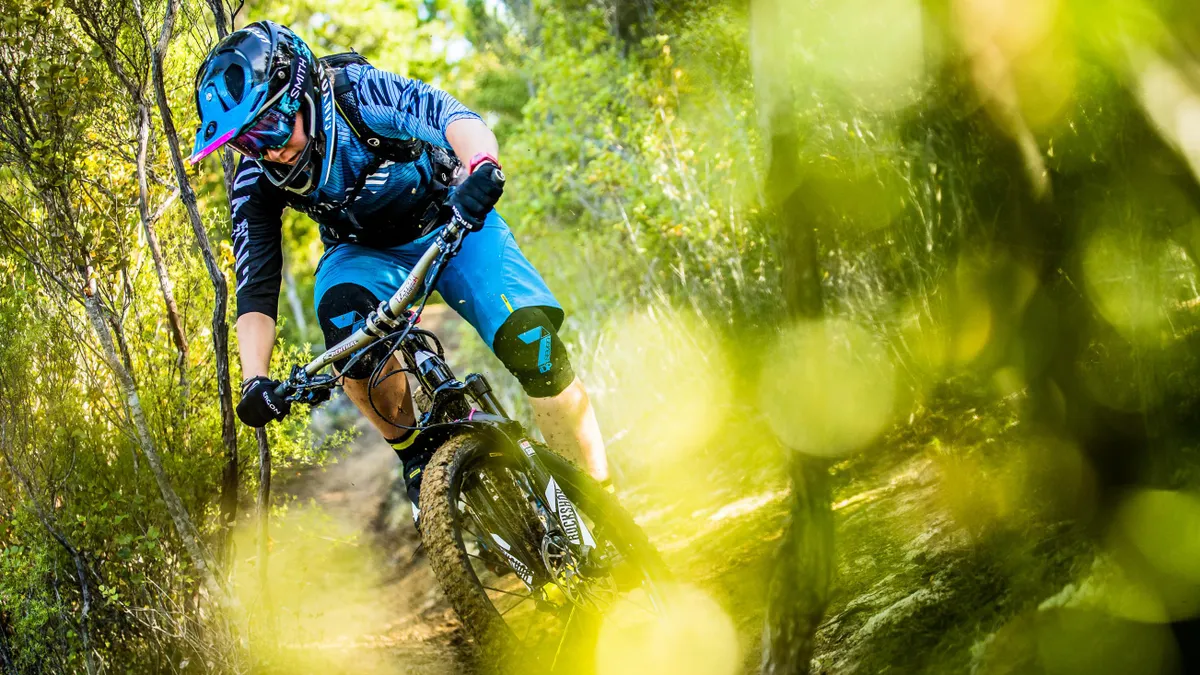
"It was just pouring rain the whole day and a proper mess. The girls start after the guys, so the race is already going for two hours before we start. The ruts were deeper than the pedals so you got stuck in them.
"I finished, and found out I was second! I really don’t know where the energy came from."
BW: Do you like riding in the rain? Because New Zealand was wet, Tasmania was wet, and Madeira and Ireland aren't called 'emerald isles' without good reason with their verdant land.
IT: "Yes, I like slower and more technical riding more than the bike-park stuff. I like it, but it’s still quite a crazy day. You make a lot of mistakes so you don’t really feel 100 percent, but then everyone else makes mistakes too.
In enduro women are treated equally. We get the same prize money and we have the same tracks and race the same race
"Madeira is always wet, Ireland is often wet, so maybe it's going to be wet for half the rounds this year. It's crazy because we've never had a really wet round for five years, and this year we've had two already. It's good for the Scottish and Irish riders... Greg Callaghan is loving it!"
BW: Not everyone was prepared for the bad weather in the first two rounds, and some riders were caught out without jackets or spares. Were you prepared?
IT: "Yeah! I like it as well, when you are on your own and you are eight hours and self-sufficient. That’s the spirit of enduro; otherwise you’re doing a multi-downhill race which I don’t really like. I like when you have to carry a backpack and bring spare kit and food — those are the best races for me."
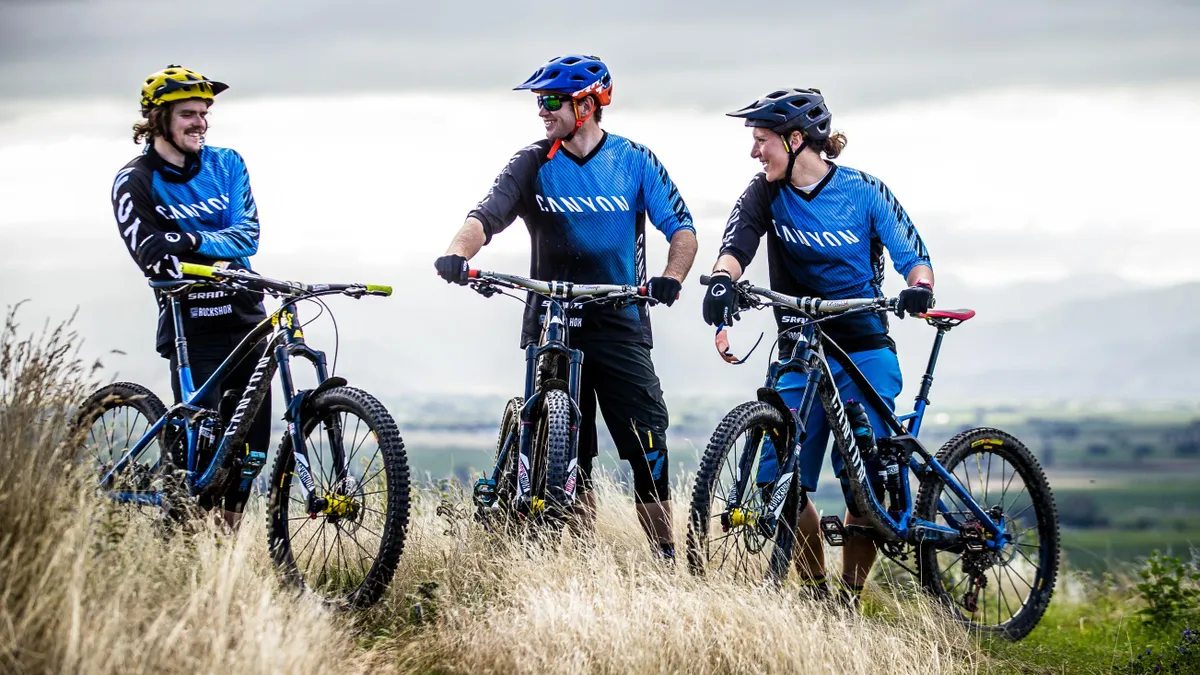
BW: What's in your bag when you race?
IT: "I carry some spares but not too much; a tube, a pump – one of each – tyre plugs, a multitool and chain links. A rain jacket on a wet day and spare gloves, and you have your goggles in a plastic bag with a lot of tissues so your goggles stay clean. Then some food, some gels and some bars, and that’s it."
BW: What do you do in the off-season to prepare for the racing ahead?
IT: "I live close to the alps where there is a lot of snow, so I do a lot of ski touring and cross country skiing, and of course the gym. I go to Finale LIgure to ride because it’s the closest spot for me — a six hour drive. So a mixture of different things!"
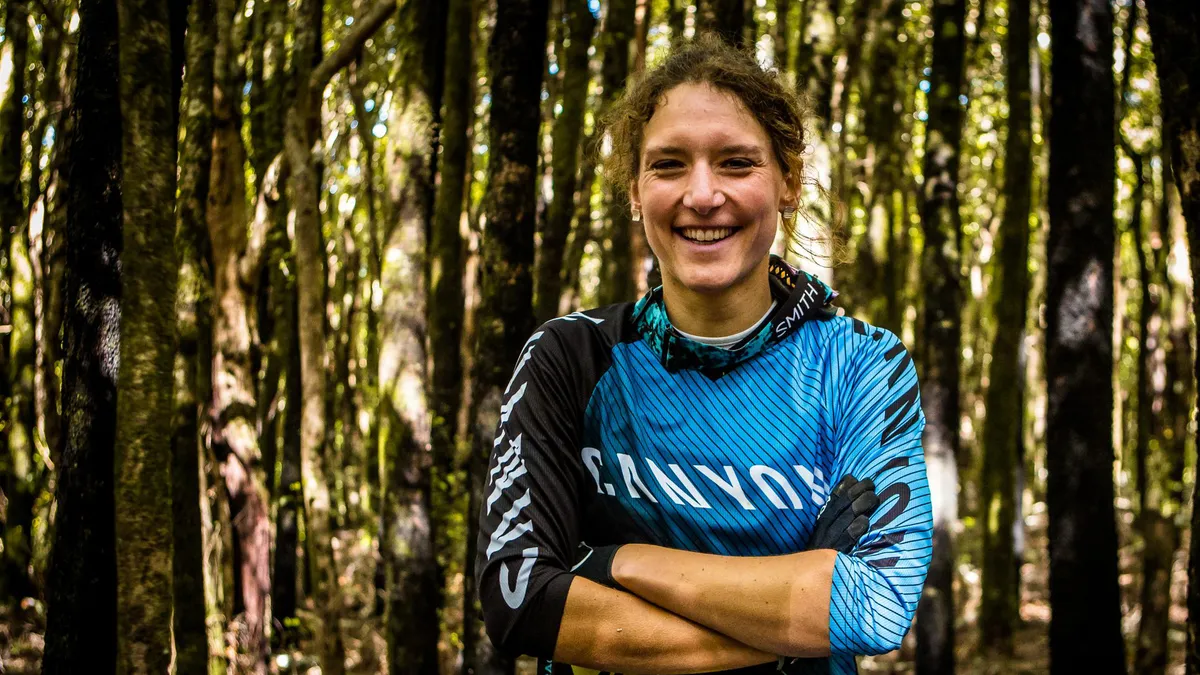
BW: Do you have a particular ambition for the 2017 season?
IT: "I’m second [in the overall standings] currently, and I’d love to finish on the podium overall, which I’ve never done before. On two occasions I've placed fourth.
"I like to be consistant and do as well as I can on every round, because for the overall that is the most important thing. If you don’t finish one race you lose a lot of points. You really have to get top five or top 10 everywhere, and a few really good results, and that’s hopefully enough.
"Winning the TransProvence is always a goal for me too. I won three years ago, but last year I had a puncture on the last stage and I lost one and a half minutes, then lost the race [overall] by nine seconds. That was shit. So I would love to do that."
You do need to be able to stay on the bike for eight hours which is not easy! You get a sore bum and a sore back
BW: What's drawn you to race enduro? What is it about the format that you like?
IT: "It’s the diversity. I like to pedal up, but only to ride down. I don’t understand people who pedal up and ride down on the road again — where’s the sense in that? I like [enduro] that you ride up not going at 100 percent, and maybe have time to talk to your friends or race coleagues, and then race on the way down."
BW: Compared to a lot of other cycling disciplines, particularly on the road cycling side of things, enduro seems have a lot more gender equality. Would you say that's the case?
"The good thing is that women [in enduro] are really treated equally. We get the same prize money and we have the same tracks and race the same race.
"We do the same stages, and as we are a bit slower on those stages we actually have less time for the transitions [in real terms] so it’s even a bit harder for the women than for the men. The men's field is bigger, but for some events like Whistler you have 50, 60, 70 women competing — that’s pretty cool!"
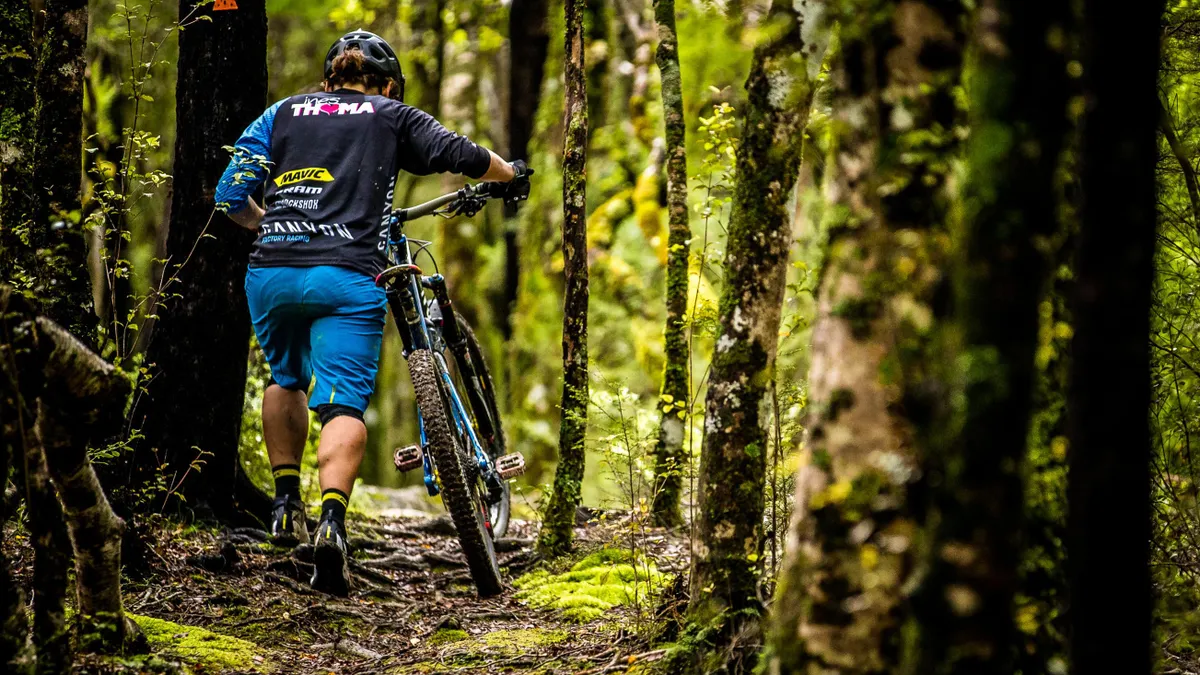
Ines Thoma's five essential tips for the budding enduro athlete
1. Diversify your training
"You have to be fit just to do the whole day, so the training needs to be diverse," says Thoma. She combines ski touring and cross-country skiing in the winter with plenty of time riding, plus gym work.
2. Practice maximum bike time
"You don't have to be fast in the transitions, but you do need to be able to stay on the bike for eight hours which is not easy! You get a sore bum and a sore back," Thoma comments. "That's why you have to do long road rides [as part of your training]."
3. Improve your technical skills and bike handling
Bike handling skills are important on technical descents, particularly when you are riding tired towards the end of the day. Thoma recommends lots of shuttle runs and bike park practice to improve these skills.
4. Learn to pace yourself...
"If you start really crazy and pedal in the stage like it's a downhill race, then you get slower and slower, and you’ll find out quickly that you need to hold it back at the start," smiles Thoma, but she admits it's something that's hard to guage in a training context.
"I think that's something you find out when you start racing," she says, so add races for practice and training to your plan.
5. ...Or learn what race strategy works for you!
Pacing yourself doesn't mean the same thing for every rider; some individuals have their own approach.
"I also know riders who would say they always give maximum and never pace themselves, because they say you get slower anyway," says Thoma. "Other riders say they really don’t pedal when they don’t have to, so they hold back."
"There are different stratageies, and the stages are so different! You have two or three minute stages where you can really give it all, and five minute stages like in Whistler where you should maybe hold back a little."
Are you a dedicated enduro racer? Do you like to ride trails with a shell and goggles? Do you tend to take your full-face helmet everywhere you ride? Take our (not entirely serious) quiz to see how enduro you are
